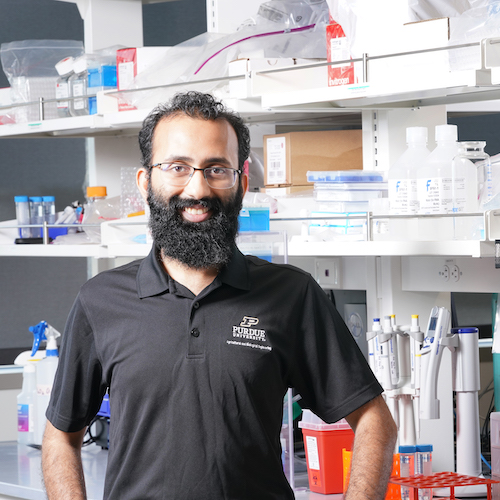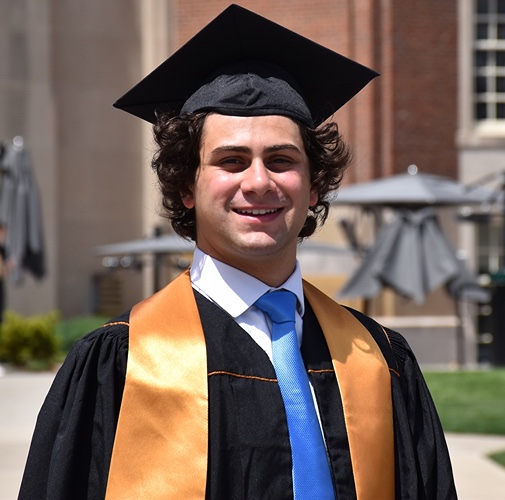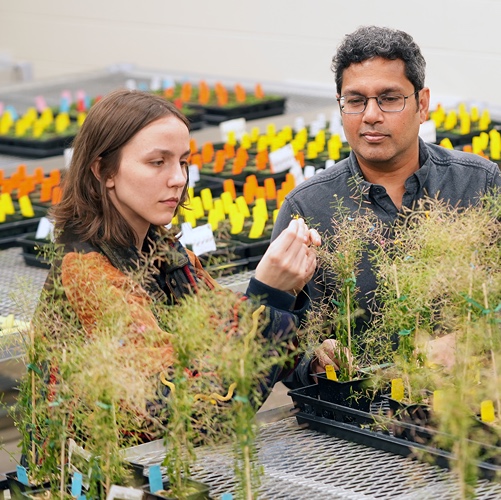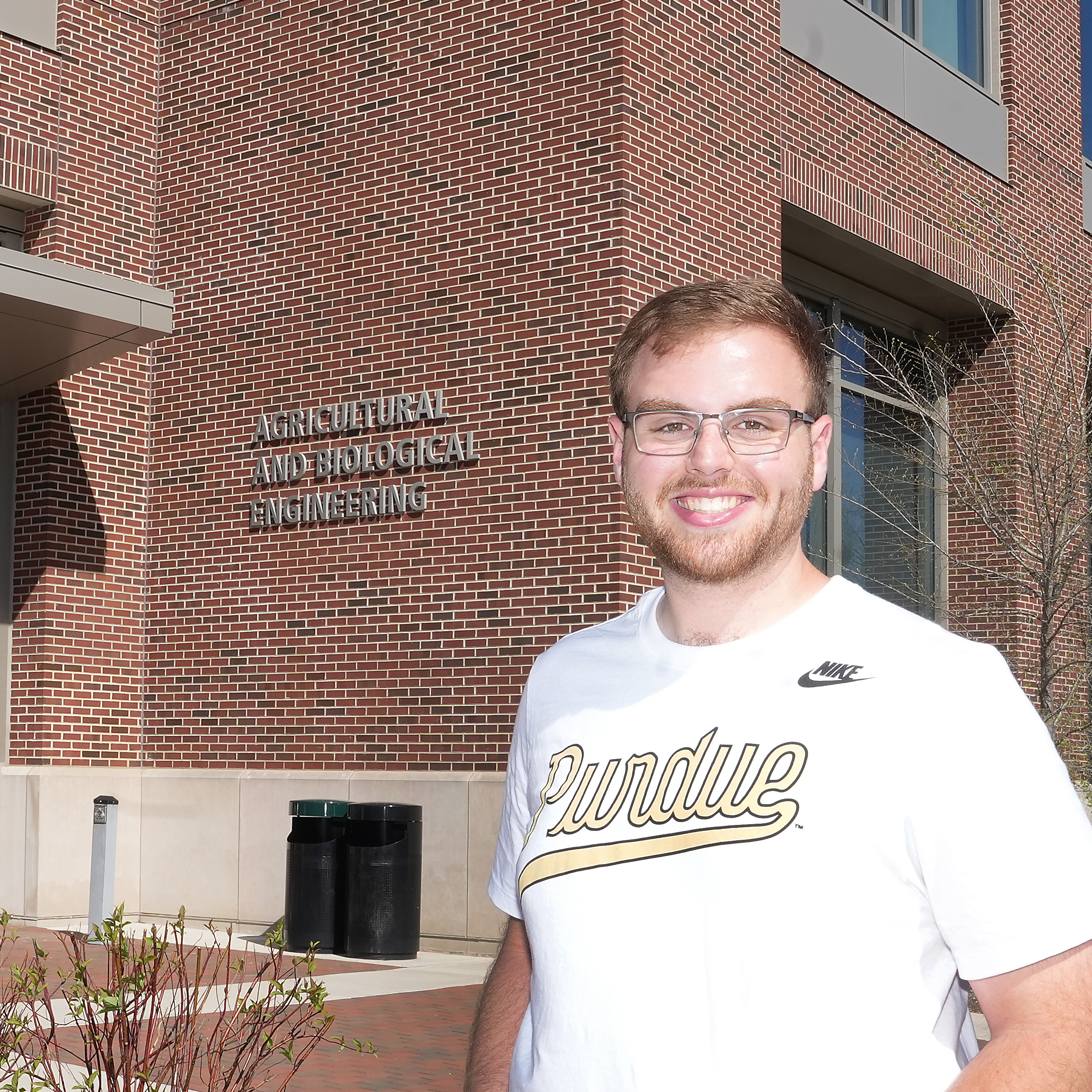Bats, beetles, flies, moths, birds, butterflies and bees: can you guess what all these have in common?
They can all be pollinators and, in many parts of the country, including the Midwest, their populations are under threat. Increased urbanization, use of pesticides, global warming and many other factors have severely diminished pollinator populations throughout North America.
“We have around 400 bee species in Indiana and in most places across the Midwest,” Brock Harpur, assistant entomology professor, said. “Those bees are native to America and many of them are at risk. The main driver of that is habitat loss, the conversion of what was once largely grassland and meadow into something like row crops.”
While a multifaceted approached is needed regionally to support and replenish pollinator populations, Rosie Lerner, Extension consumer horticultural specialist, said there is something cities, towns and individuals can do to support local pollinators--plant a garden tailored towards the needs of a variety of species.
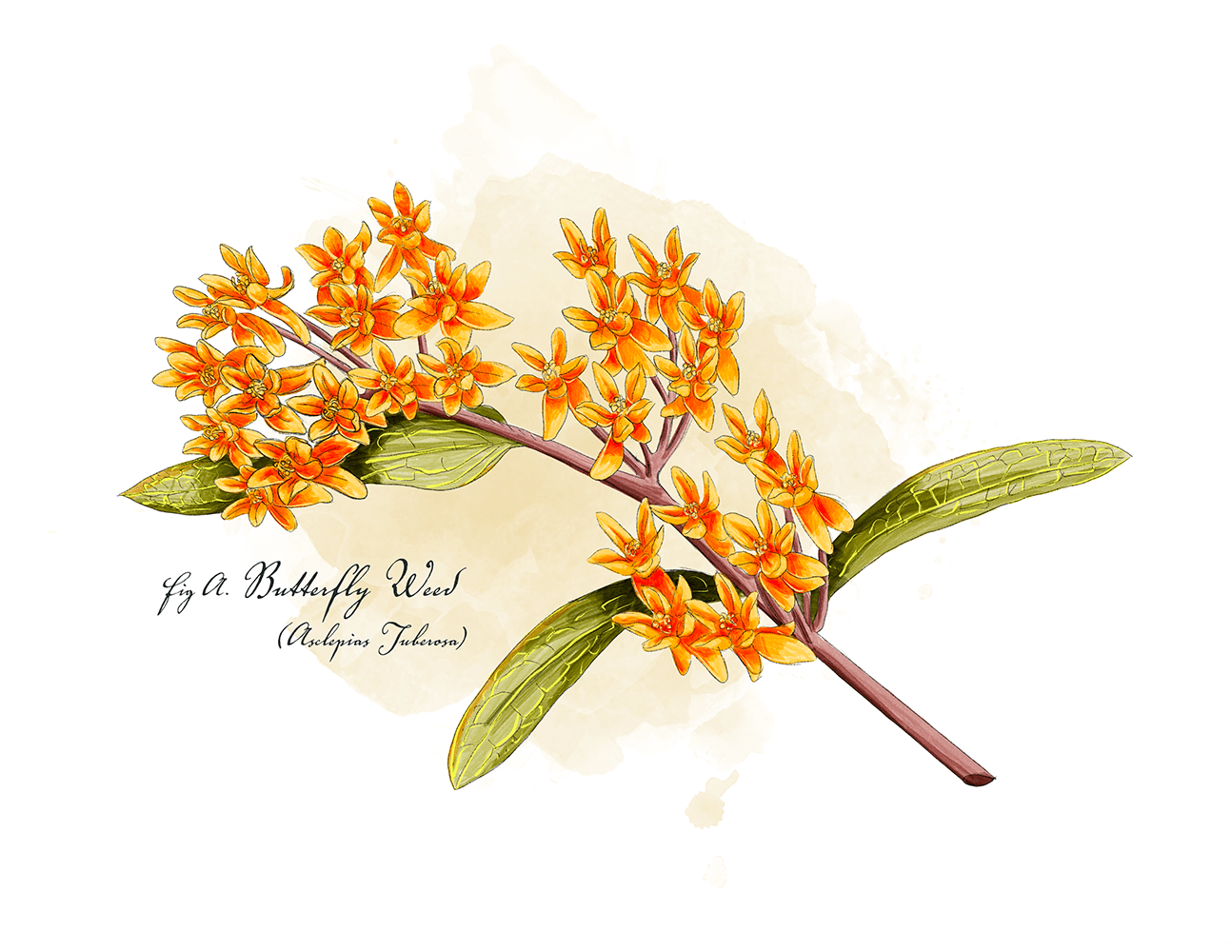
“Pollinator gardens are important everywhere, but urban areas often end up being pollinator deserts due to too much hardscape, lack of diversity and other factors,” Lerner explained. “Good landscape planning is essential in particular for urban landscapes to provide the habitat, pollen, nectar and water needed.”
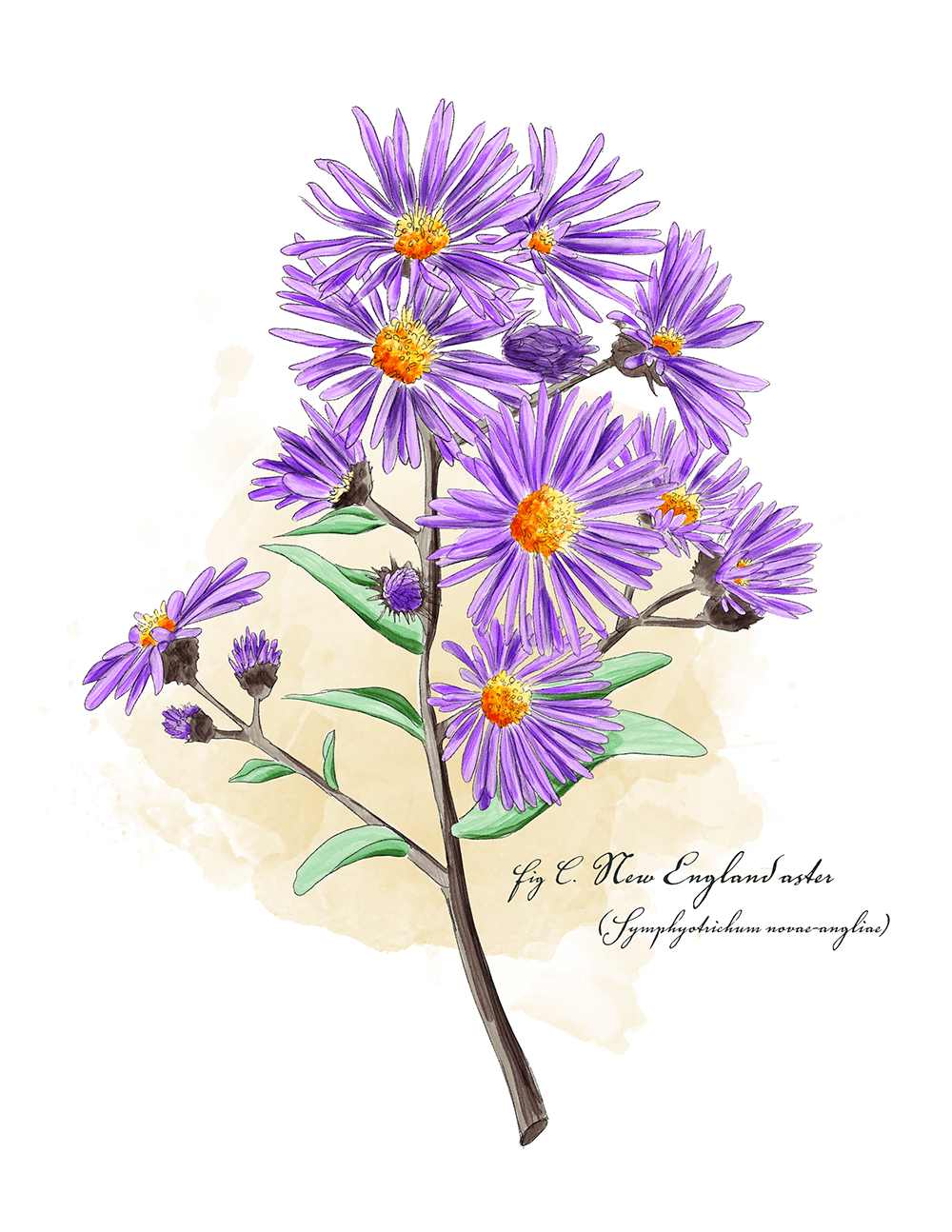
All pollinators require protein from pollen and carbohydrates from nectar to complete their life cycle, Lerner added. For this reason, it is key to choose plants that do not all bloom and die at the same time. Select a variety of plants with an aim to have at least three species in bloom at the same time throughout the growing season.
Cutting back or eliminating the use of pesticides is also essential, Lerner added, as these can kill pollinators, especially insects. Selectively using pesticides, for example in non-pollinator designated areas, handpicking pests and mulching are all effective ways to cut back on the usage of chemicals.
“If you have to spray, choose spray rather than dust formulations of pesticides to lessen potential for contact,” Lerner continued. “Also, wait until flowers have faded (petal-fall) before applying. Mow the lawn to remove flowers of weeds before spraying.”
Selecting plants for a pollinator garden, Lerner said, depends on several factors, including your environment, yard space and aesthetic taste. “I live in a rural wooded area. My entire landscape is very pollinator friendly and the key is to have a diversity of plants, not just rely on a few species,” Lerner said.
Fortunately, in Indiana, a wide variety of garden plants can help curate a hospitable and productive environment for pollinators. There are over 100 wildflowers, dozens of trees and shrubs and even grass and sedge varieties that grow well in Indiana and the Midwest while also appealing to the region’s pollinators. Extension has compiled a list of all these, along with their various specifications https://extension.entm.purdue.edu/publications/POL-6/POL-6.html.
Pollinators are important to agriculture and our environment, Lerner added, and their presence can have a profound impact on your local landscape, as immediate as your backyard. There are many vegetable and fruit crops that require pollinators to produce their yield, including cucumbers, squash, melons, tree fruits, and berries. Others can set fruit on their own but produce better yields with the help of pollinators, including peppers and eggplants. Additionally, some insects, bats and birds eat insect pests such as aphids, black flies and mosquitos.
Planting a pollinator garden is becoming easier, Harpur added, with more organizations, seed libraries and garden centers providing resources and access to native plants that not only support local pollinators but are usually less work to maintain.
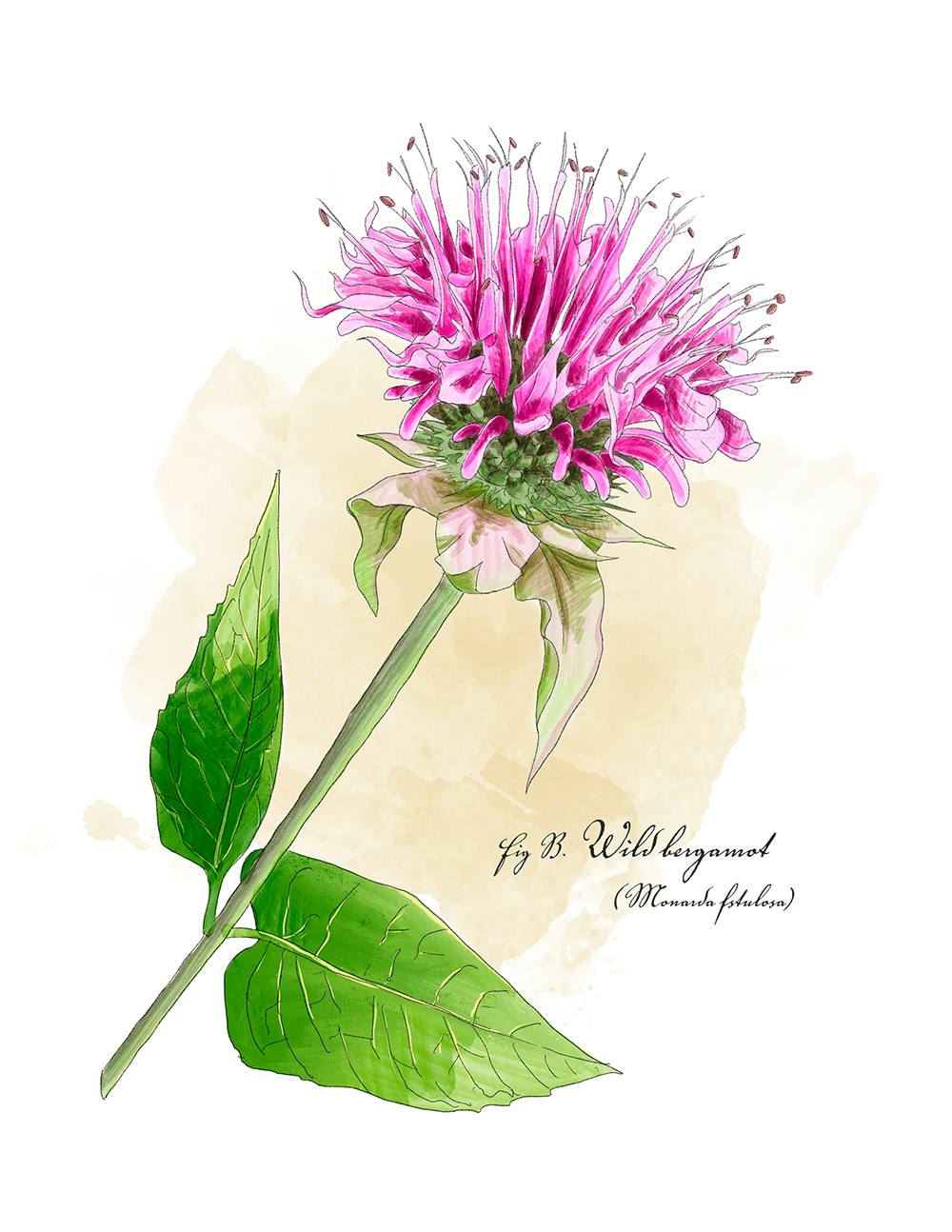 “A pollinator garden doesn’t take much space at all and once it is established it’s not much work to maintain,” Harpur continued. “In addition to cultivating certain plants, you want to make sure and leave a patch of open soil, since most native bees are ground nesters. Some people have been integrating this into their gardens, using rocks to demonstrate that the open patch of sand or soil is intentional.”
“A pollinator garden doesn’t take much space at all and once it is established it’s not much work to maintain,” Harpur continued. “In addition to cultivating certain plants, you want to make sure and leave a patch of open soil, since most native bees are ground nesters. Some people have been integrating this into their gardens, using rocks to demonstrate that the open patch of sand or soil is intentional.”
Lerner said over the past several years she has seen an increased awareness about the importance of and threat to pollinators in Indiana. As people turn to their gardens this summer, largely homebound because of the COVID-19 pandemic, she said she anticipates homeowners and gardeners will be paying closer attention to the positive impacts their garden can have on pollinators and vice versa.
“There is quite a lot of space in this country and the Midwest taken up by people and grass and ornamental gardens,” Harpur said. “If we convert even part of that into gardens that are friendly for pollinators we can make a huge impact.”

